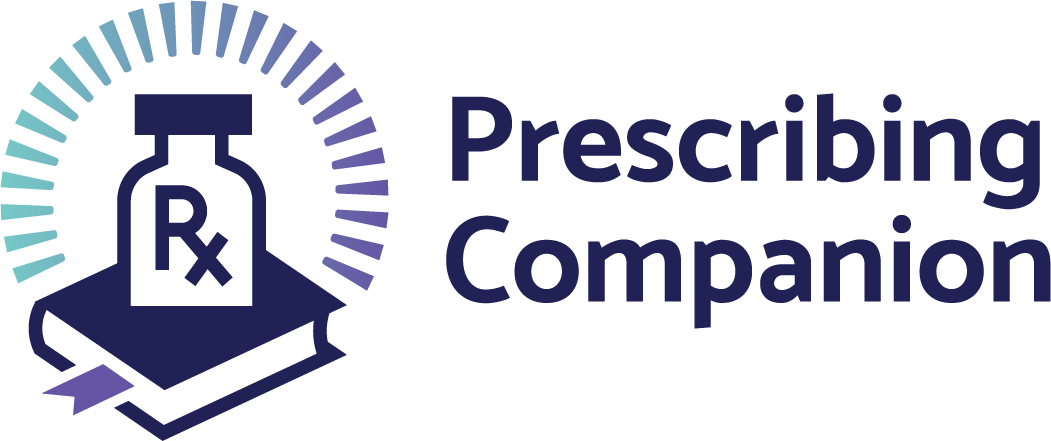Description
This is ulceration of the cornea commonly caused by either injuries or infections (Bacterial, Fungal, Viral)
Signs and Symptoms
• Red eye
• Severe pain
• Difficult to open eye in light (photophobia)
• Discharge, water or pus
• Disturbed vision
• Poor vision
Investigations
• Snellen testing - a white spot of the eye may be seen
• On retinoscopy – irregular light refraction Investigation
• Fluorescein staining of the cornea - the wound stains green
• Corneal swab for microscopy, culture and sensitivity
Treatment
• For all types of ulcers, prevent ocular pain with Atropine 1% once daily in the affected eye
• Infections: Bacteria corneal ulcers - use Tetracycline 1% eye ointment, or Chloramphenicol 1% eye
ointment 3-4 times a day
• If not resolving within 2 weeks, then refer
